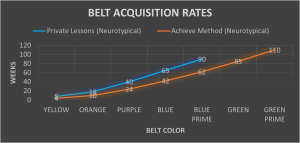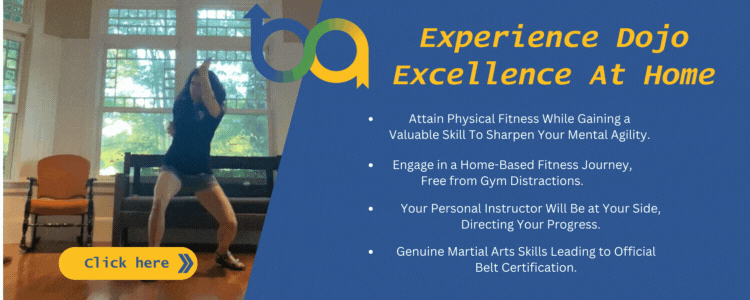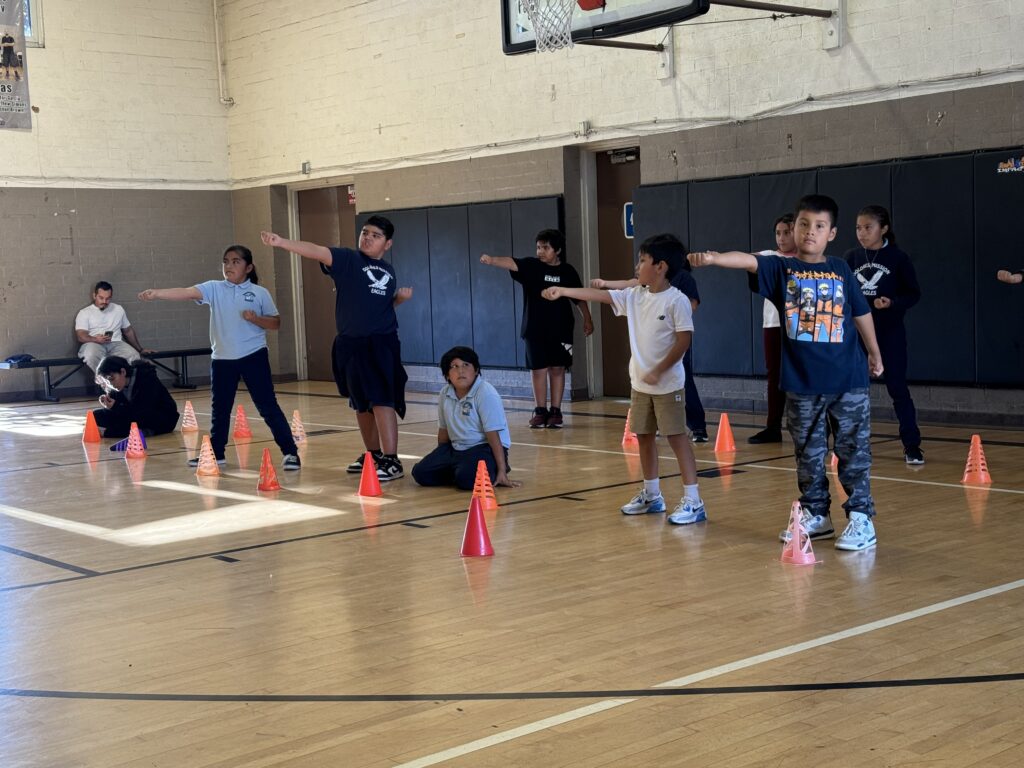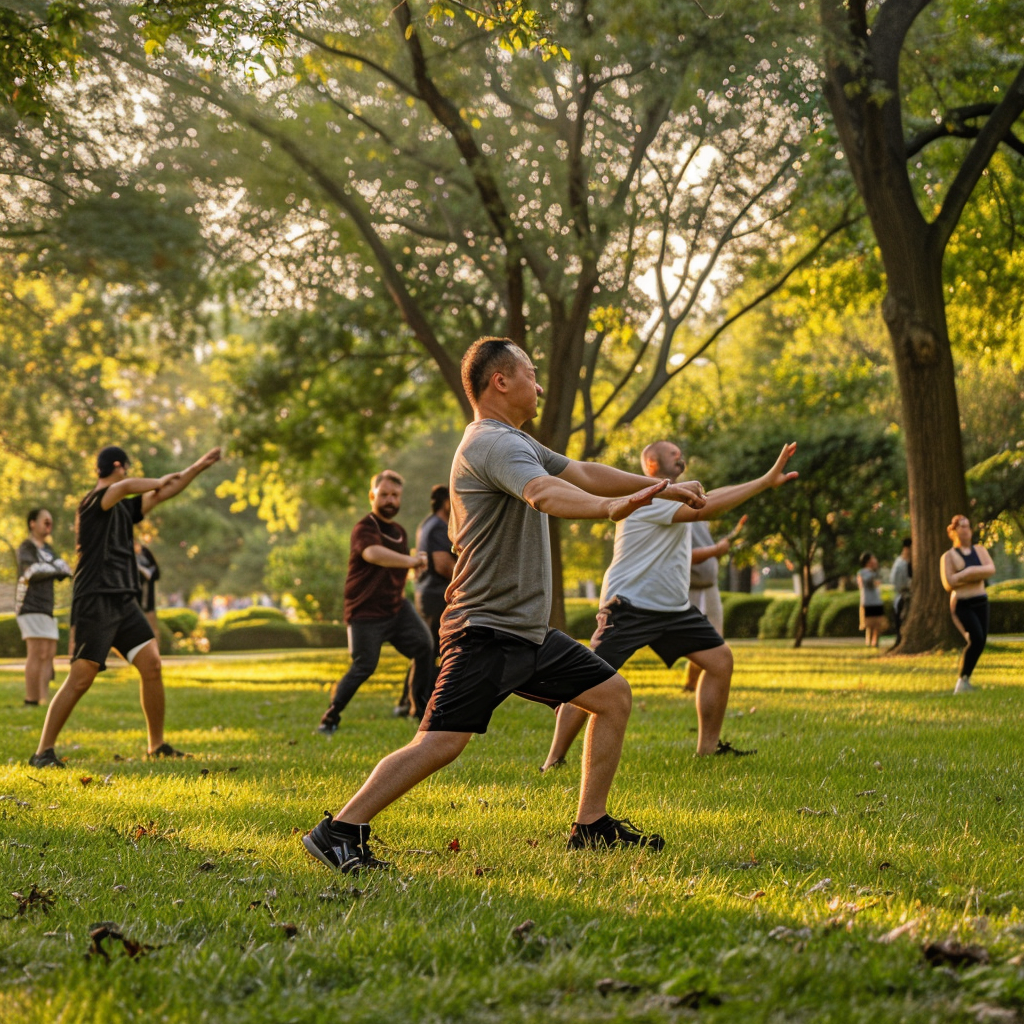 In a world that thrives on individuality and diversity, it’s time to break free from the barriers of traditional education models and embrace a more dynamic approach that empowers students to take control of their own learning experience.
In a world that thrives on individuality and diversity, it’s time to break free from the barriers of traditional education models and embrace a more dynamic approach that empowers students to take control of their own learning experience.
Self-pacing, the concept of allowing students to learn at their own speed, has emerged as a transformative force in education. By nurturing the unique abilities and learning needs of everyone, self-pacing opens doors to a world of limitless possibilities.
Unfortunately, due to various challenges in the traditional education realm, resources generally do not provide the opportunity for each student to learn at their own pace and through their own personalized learning plan. Montessori based schools have been using this technique in classrooms for years with great success, and many private schools are picking it up as well. However, it is still mainly concentrated to institutions that veer towards tuition-based education and therefore out of reach for many students who could greatly benefit from its model.
We have discovered its success within the realm of online skill acquisition and want to share with you the endless benefits of self-pacing. We’ll also explain why we’ve partnered with Achieve Martial Arts to offer our program to you. You will see why self-paced online learning stands as the pinnacle of educational innovation!
The Concept of Self-Pacing
In a traditional classroom, the instructor creates the lesson plans and integrates those plans in a specified period. During this time, all students must follow this arranged path. Of course, since everyone has a different learning style and level of comprehension depending on the subject, this traditional method can cause an environment of frustration and impatience – both for those who may have fallen behind or those who are looking to move ahead.
Self-pacing in education is based upon the idea that the student directs the pathway to reach a goal or milestone. When a student is allowed to move forward in a subject simply when they are ready, the levels of comprehension and retention increase as they can mold their learning experience to what makes the most sense to them.
The concept of self-pacing is the core of the Montessori Method of learning: “Montessori education is student-led and self-paced but guided, assessed, and enriched by knowledgeable and caring teachers, the leadership of their peers, and a nurturing environment” (American Montessori Society, 2023). Dr. Maria Montessori, an Italian physician and creator of the Montessori Method, recognized that self-pacing in education broadened possibilities for all students, and created an environment full of motivation, accountability, and confidence.
“Coercive teaching is no longer effective. The traditional model of higher education with rote memorization, lack of student exposure, undemanding curriculum, and lack of freedom to learn are looked down upon. This has often stopped students from acquiring the sophisticated reasoning and problem-solving abilities necessary for daily life. What if all students received the necessary training to become independent, self-directed learners?” (C. Suvin, 2022).
We have taken this concept of self-directed learning and created an opportunity for students across the globe to acquire new skills utilizing an online system that has proven to be superior across the board.
 Self-Pacing Benefits
Self-Pacing Benefits
Aside from the ability to progress when you’re ready, self-pacing in education/skill acquisition offers several more perks.
- Develops ownership of learning
- Students are responsible for their progression. The control they develop over their own learning experiences increases confidence and motivation.
- More thorough insights/comprehension
- Self-pacing provides the materials to learn, and these materials can be accessed as often as needed to fully comprehend the subject. This flexibility allows students to immerse themselves as long as they want to gain a comprehensive understanding instead of being rushed or falling behind.
- Greater awareness/accountability
- Students are more responsible for their education: this can cause hyper motivation where they want to rush through their course just to get to the end or they become lazy and sedentary because there isn’t a teacher available to push them. Self-pacing plainly demonstrates that there are consequences for either of these actions, and students must take accountability for them.
- Boosts self-esteem, self-confidence, and independence
- Once a student finds their pace, their acknowledgment of control creates a sense of confidence in themselves and begins a cycle of independence through accountability/responsibility.
In addition, specifically addressing online education and self-pacing benefits, many course materials are presented in a way that becomes more enthralling to students. Online work may include demonstrations, videos, etc. that gain the attention of students who would have been bored thumbing through a textbook in the classroom. The concept of gamification within education has explosive potential, and we have found that pairing the two is a recipe for limitless potential.
How Does Believing Through Achieving/Achieve Martial Arts Utilize Self-Pacing?
Recognizing the benefits of a self-paced learning environment (especially for those who were unable to afford it or found difficulty acclimating to group environments), the creators at BTA decided to partner with Achieve to offer an online martial arts program that was the first of its kind: self-directed.
At the core of this program is an Aptitude-Based Learning Extension (ABLE). This technology was developed as a fundamental framework that enables the integration of any skill-based curriculum into a flexible, self-paced learning model.
To learn more about A.B.L.E, click here: A.B.L.E. Technology
As we mentioned in a prior blog post (Benefits of Online Martial Arts Training: Achieve’s Data Driven Results), we have found that online martial arts training that is completely self-paced was not only unbelievably successful but created students that were more motivated to succeed, more confident to push through adversity, and ultimately were getting better, faster.

The graph above shows a representation of the rate at which neurotypical students achieved their progressive belt rank. Not only did they reach these milestones faster than a standard classroom model, but also retained that info and held a higher quality of skill. We also studied neurodivergent students with the same results.
Self-pacing is a revolutionary opportunity for any classroom and is especially beneficial in programs such as ours. It represents a powerful shift in education, one that recognizes the inherent diversity of learners and empowers them to take charge of their educational journeys.
By embracing self-pacing, we unlock a world of benefits that extend far beyond traditional classroom boundaries. Students gain the freedom to explore their interests, dive deeper into challenging subjects, and develop a strong sense of self-motivation and self-discipline. Moreover, self-pacing fosters an interest for lifelong learning, as students become active participants in their education, continuously seeking knowledge and growth.
References
American Montessori Society. (2023). What is Montessori Education? Retrieved from https://amshq.org/About-Montessori/What-Is-Montessori
Suvin, C. (2022). Top 10 Benefits of Self-Pacing That You Were Not Aware Of. Retrieved from https://www.creatrixcampus.com/blog/top-10-benefits-self-paced-learning-you-were-not-aware






